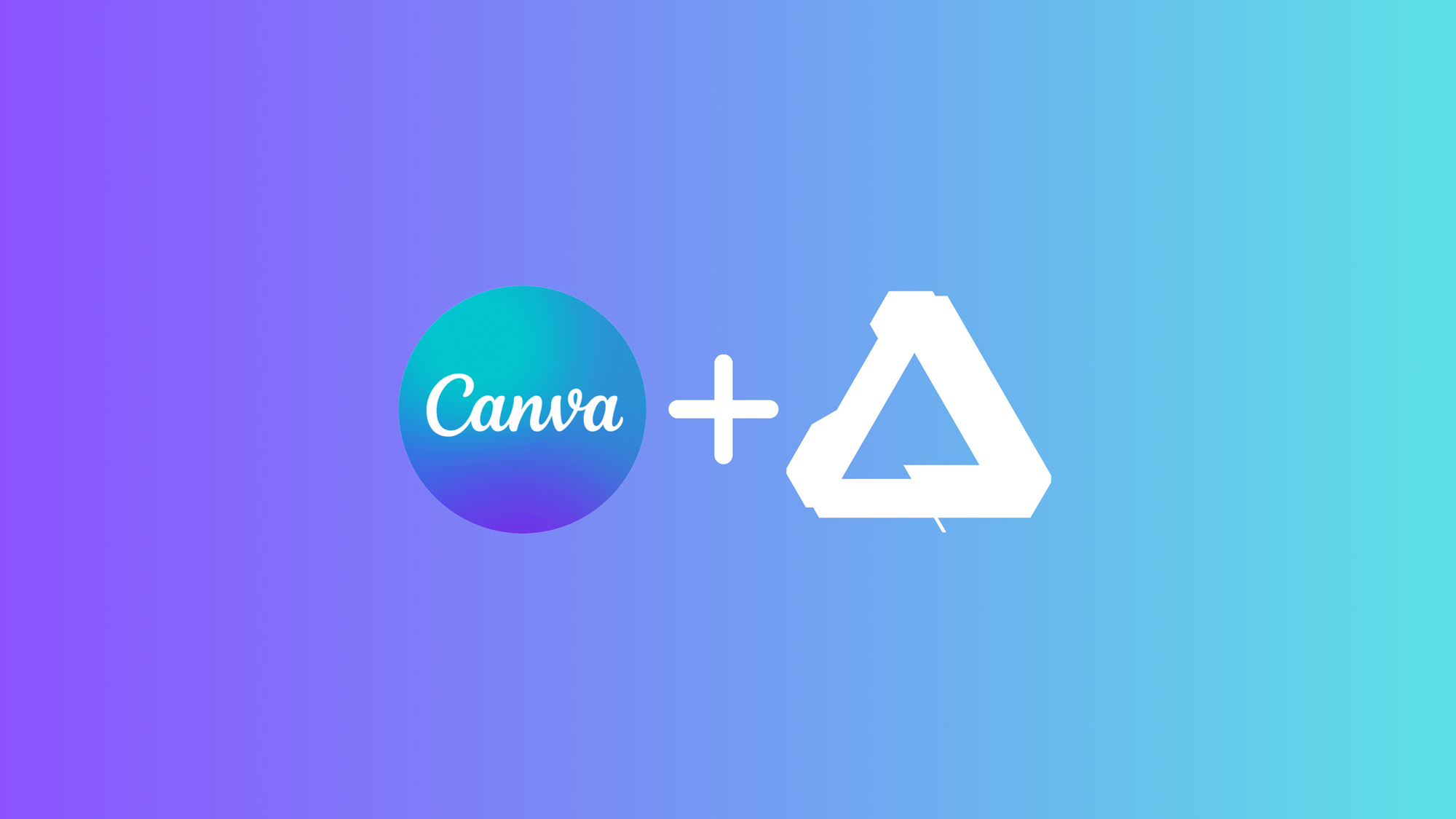Canva has acquired Affinity creative software suite, marking a significant challenge to Adobe’s long-standing dominion in the industry. This strategic acquisition sees Canva taking ownership of Affinity Designer, Photo, and Publisher.
These applications, compatible with Windows, Mac, and iPad, are seen as direct competitors to Adobe’s flagship products: Illustrator, Photoshop, and InDesign, respectively.
While the official financial details of the deal remain under wraps, Bloomberg suggests it’s valued at several hundred million British pounds. This move is not just about numbers; it signifies Canva’s ambition to expand its appeal among creative professionals. With around 170 million monthly users worldwide as of January this year, Canva has predominantly catered to users without formal design training. However, this acquisition signals a pivot towards embracing the needs of professional designers, including illustrators, photographers, and video editors—demographics historically loyal to Adobe.
Canva, an Australian-based powerhouse, has voiced that this acquisition aligns with its broader vision of democratizing design. “Truly empowering the world to design includes empowering professional designers too,” Canva stated, highlighting the potential for this merger to cater to all levels and stages of the design journey.
Affinity’s suite, though smaller in user base with over three million global users, presents a unique proposition with its one-time purchase model—a stark contrast to Adobe’s subscription-based ecosystem. This approach has cultivated a dedicated following, particularly among creatives seeking alternatives to Adobe’s pricing model.
Cameron Adams, Canva’s co-founder, shared some insights indicating that while Affinity’s applications will remain distinct from Canva’s platform, users can anticipate “lightweight integration” in the future.
This suggests a thoughtful integration strategy that respects the identity and user base of both platforms.





